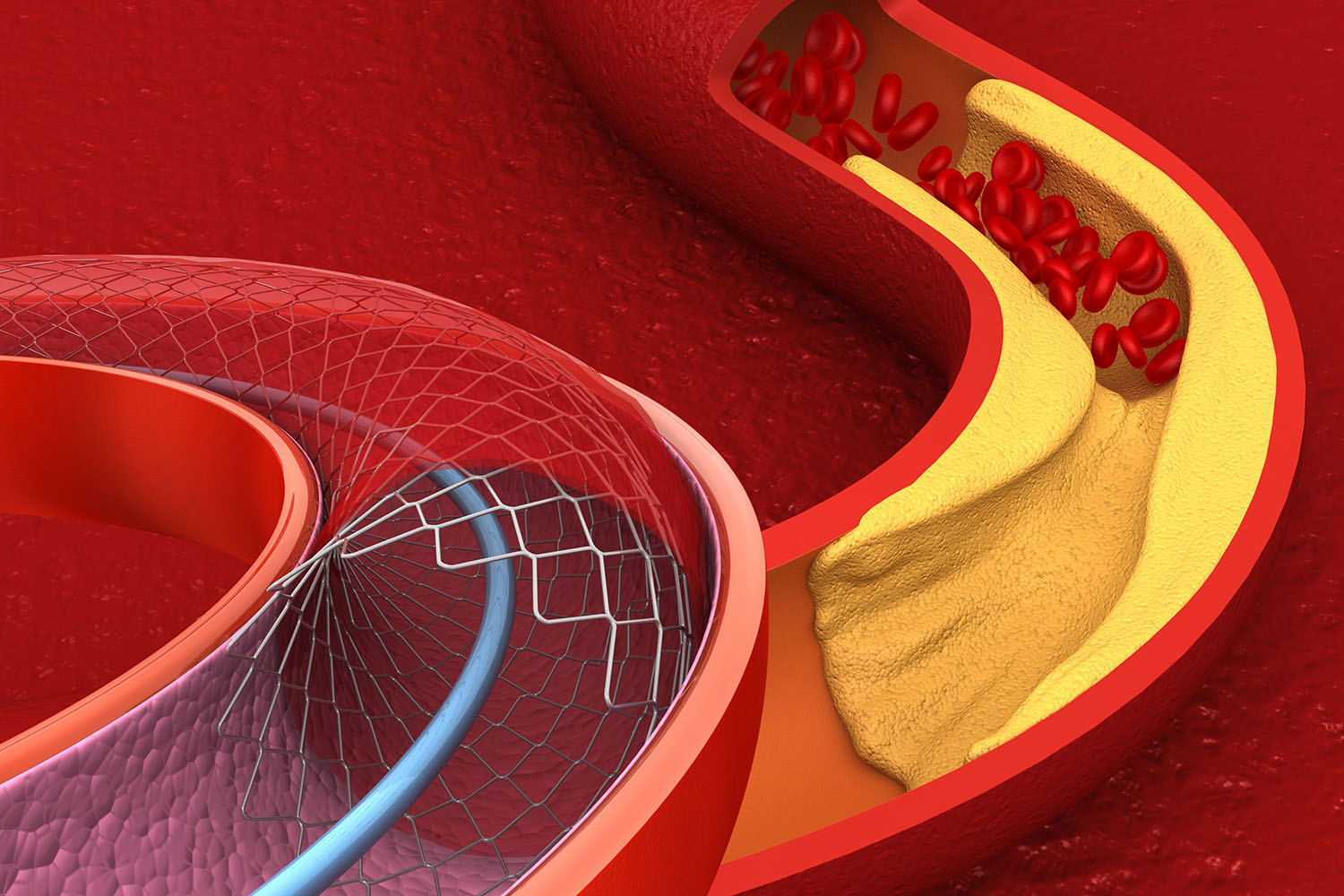Overview
In the intricate tapestry of cardiovascular medicine, stent placement emerges as a beacon of hope, offering respite to those grappling with the burdens of coronary artery disease (CAD). Grounded in empirical evidence and scientific inquiry, this blog embarks on a journey to unravel the complexities of stent placement, shedding light on its efficacy, advancements, and profound impact on patient outcomes.

Understanding Stent Placement:
Stent placement, also known as percutaneous coronary intervention (PCI), involves the insertion of a small mesh tube into narrowed or blocked coronary arteries. This procedure aims to restore blood flow to the heart muscles, alleviating symptoms such as chest pain (angina) and reducing the risk of heart attacks.
Fact and Research:
Efficacy: Numerous clinical studies have demonstrated the efficacy of stent placement in improving symptoms and reducing adverse cardiac events in patients with CAD. Research published in reputable journals like the New England Journal of Medicine consistently highlights the benefits of stent placement compared to medical therapy alone.
Long-Term Outcomes: Long-term follow-up studies have shown that stent placement can lead to sustained improvements in cardiac function and quality of life. These findings underscore the enduring impact of this intervention on patient well-being.
Advancements in Stent Technology: Ongoing research and development efforts have led to the evolution of stent technology, resulting in the introduction of drug-eluting stents (DES) and bioresorbable scaffolds. These advancements aim to enhance the efficacy of stent placement while minimizing the risk of complications such as restenosis.
Patient Selection: Research endeavors continue to refine patient selection criteria for stent placement, ensuring that this intervention is tailored to individuals who stand to benefit the most. Factors such as lesion complexity, comorbidities, and anatomical considerations play a crucial role in decision-making.
Comparative Effectiveness: Comparative effectiveness research has elucidated the relative benefits of different stent types and strategies, facilitating informed decision-making by healthcare providers. This evidence-based approach ensures that patients receive the most appropriate treatment based on their unique clinical profile.
The Impact of Stent Placement:
Beyond the realm of clinical research, the impact of stent placement reverberates across patient populations, offering tangible benefits in terms of symptom relief, functional status, and overall prognosis. For many individuals living with CAD, stent placement represents a beacon of hope, heralding a future characterized by improved cardiac health and enhanced quality of life.
In the landscape of cardiovascular care, stent placement stands as a cornerstone intervention, offering tangible benefits to patients grappling with coronary artery disease. Through a synthesis of fact and research, this blog has illuminated the efficacy, long-term outcomes, and evolving landscape of stent placement, underscoring its pivotal role in enhancing cardiac health. As research continues to unravel new insights and innovations, the journey towards optimal cardiovascular care remains steadfastly anchored in the promise of stent placement.


